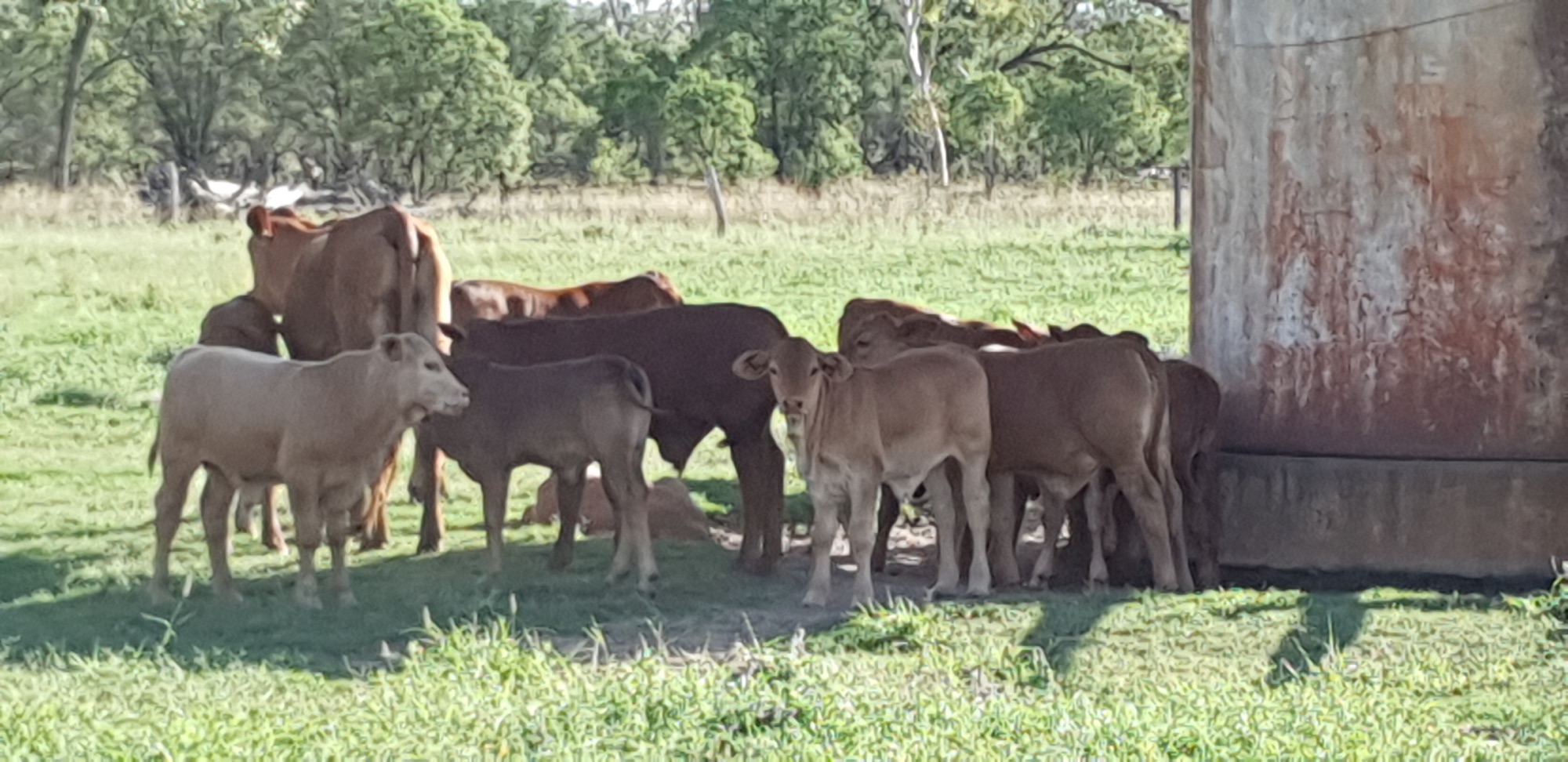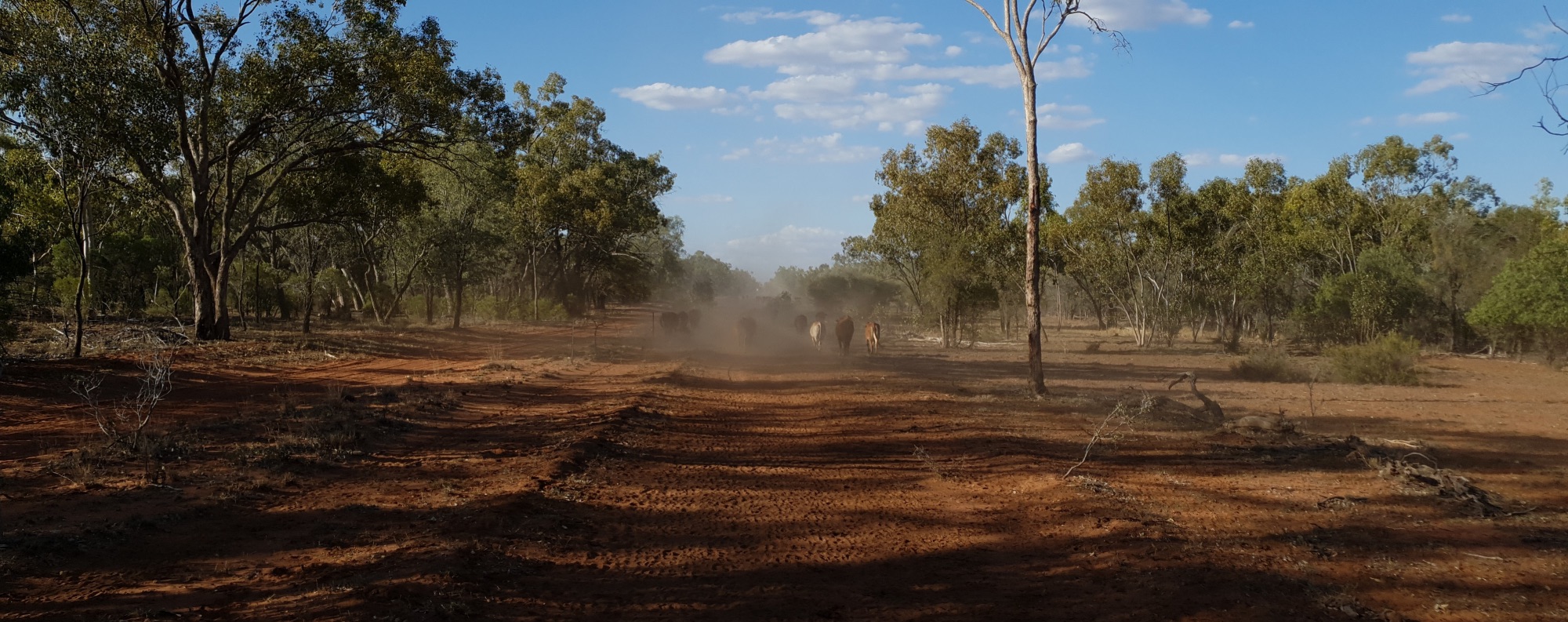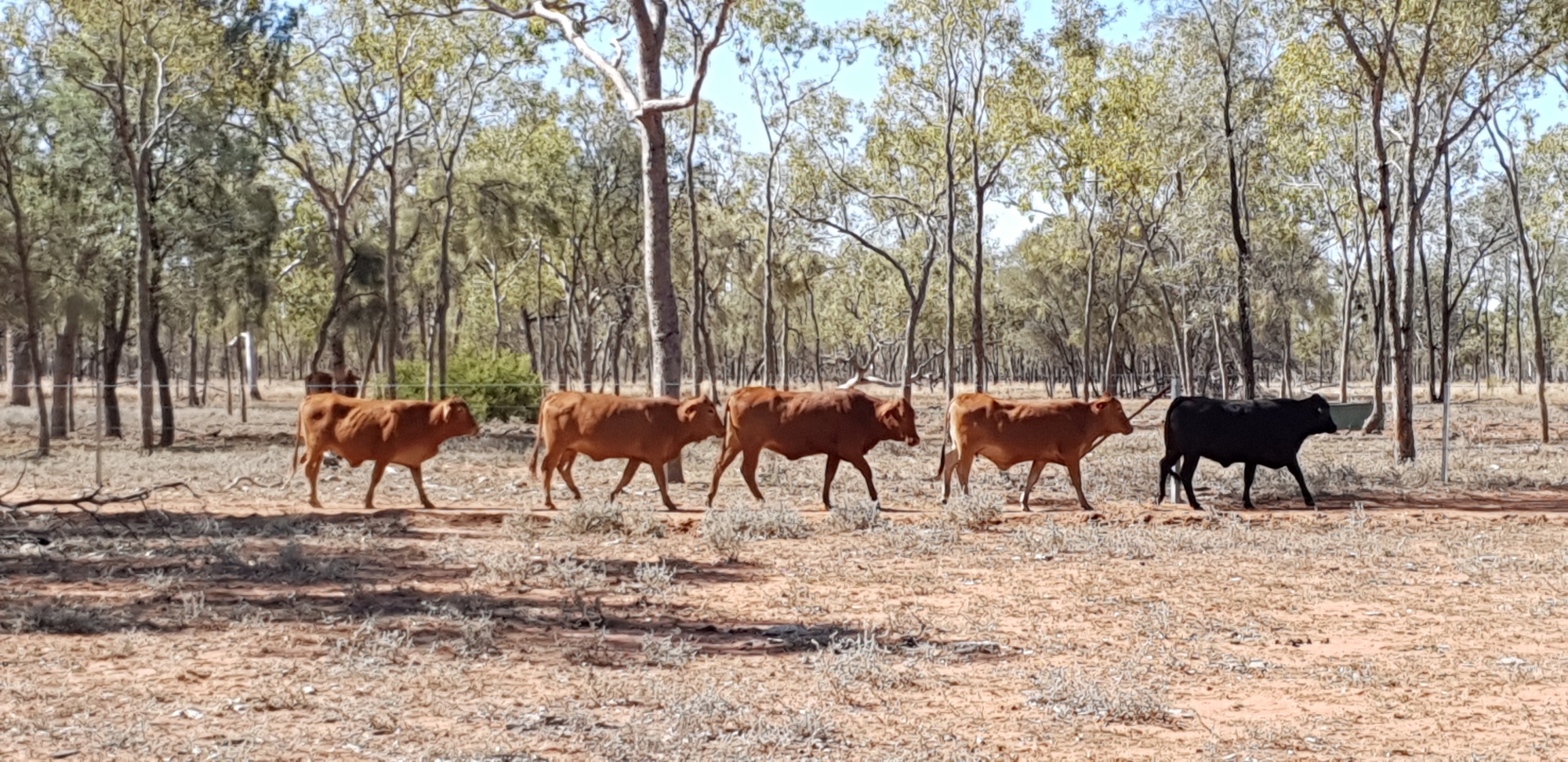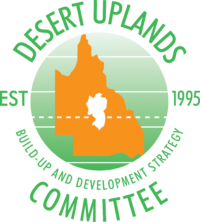The Girl Power Project is investigating and demonstrating how replacement heifers can be better managed in extensive rangeland grazing enterprises across Australia’s north.
Initiated by bioregional beef producers aware of less-than-ideal performance of their young females, and that this and related reproductive issues aligned with desired research for the northern beef industry, the Desert Uplands Committee partnered with CHRRUP to detail a PDS project within the MLA program.
(CHRRUP – Central Highlands Regional Resource Use Planning Cooperative; MLA – Meat & Livestock Australia; PDS Program Producer Demonstration Site.)

Initially delayed by covid pandemic restrictions, GPP now has twelve beef producers participating, by monitoring 50-100 heifers in three different age cohorts. The #9 females are the control with the #0 and #1 females being managed trialling improved practices where possible. Each participating beef breeder enterprise will, over the course of the project’s four years, develop and implement a Heifer Management Plan specific to their herd and property.
Workshops, presentations, information sessions, property visits, field days and data collection and analysis, with the advice, support and mentoring by CHRRUP’s Project Officer plus MLA and other consultants; will help participating producers consider different strategies and ideas that are demonstrating improved results. The Project is centred on two principal breeder herds that’re being more closely monitored, with quite detailed data being collected and collated. These importantly are the likes of Cost of Production, which will ascertain the cost benefit of these changed management practices, and are they providing more to the enterprise over the cow’s lifetime productivity than it is costing that enterprise in extra dollars, time and resources.

With the replacement females being tracked from weaning through to having their second calf (when the usual practice in rangeland SRHs is for them to then join the main mature herd), there is substantial monitoring and data collection across the 12 properties. All females are pink-tagged thanks to an Allflex sponsorship, with periodic weighing, pregnancy testing (with foetal aging) and now field checks as the first cohort have just calved out. Dungs samples for NRIS and faecal egg counts post-rain, blood samples for phosphorous levels, plus to ensure their nutritional requirements are met – rainfalls data with scheduled pasture monitoring, forage budgeting and supplementations.

The key learnings and demonstrated Heifer Best Management Practices will then be shared by MLA, DUC and CHRRUP through their various dissemination channels and processes, with the broad objective to improve reproductive rates across the northern rangelands. With La Nina’s expectant drought-breaking rains, the Girl Power Project is now ideally timed to contribute to rebuilding Australia’s beef herd, which has fallen to its lowest in 28 years, off the back of widespread destocking due to the long dry and good cow slaughter prices. DUC as project lead now seeks further partnerships to maximise the benefits and outcomes of the GIRL POWER PROJECT, and provide participating beef producers with elevated support as they navigate their enterprises through drought and these inclement weather patterns.

